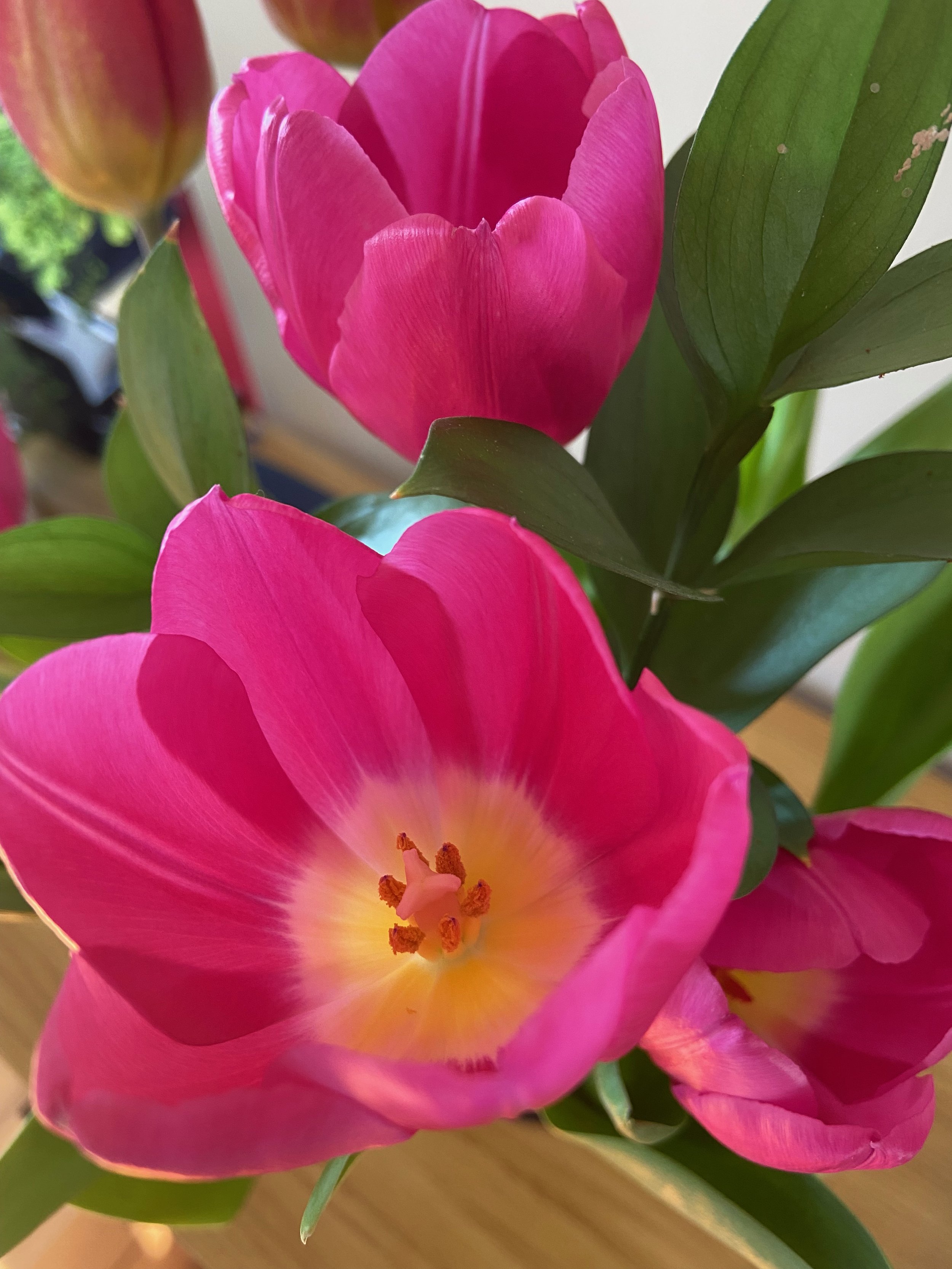Thinking About Meditation
After my head injury I was told by an Occupational Therapist, in quite a flippant way, that I should eat well, do some yoga, oh, and meditation might help. Great suggestions, however accessing those things, making them part of your life, if you don’t already do them, is a mammoth task in the best of conditions.
The meditation aspect of her suggestion has taken me a few years to literally get my head round. My experience of meditation to that point was falling asleep during the mindful rest at the end of a Body Balance session. Like many others I tried numerous apps. I read books, listened to audio books, listened to Spotify guided meditations however I never seemed to find a way in to my own head.
I had the odd glimmer of “Is this it? Am I doing it?” while listening to Tibetan bowls, sitting in my lounge, in the sunshine with my eyes closed. But I couldn’t keep that motivation, or momentum. In the chaos of everything I juggle with kids, therapies, life admin, kids and a cat with perpetual fur balls, I just couldn’t reach the calm and inner quiet.
Last year my Health Coach suggested that I read Dan Harris’ book, 10% Happier. I had read a bit of Deepak Chopra, tried Jack Kornfield and really enjoyed Jay Shetty’s, Think like a Monk, however they didn’t quite connect. 10% Happier is a very different approach from the others. The book starts with Harris’ very public hell of having a panic attack live on US network news. Harris is unapologetically skeptical about meditation and practitioners of meditation but as he chips away, with the piercing insight of a front-line war correspondent, he finds regular meditation has a profound impact on his life, not least that he’s apparently less of an arsehole to his colleagues. He interviews Eckhart Tolle, Deepak Chopra and numerous others and finally His Holiness the Dalai Lama. He does the 5-day silent retreats, as he says, so we, the reader, don’t have to.
Through his honesty, vulnerability, perseverance and curiosity, he creates provides a connection to the practice of meditation and a simplicity that I haven’t found in other books. For me it came down to the simplicity of breathing. Ironically something I have struggled with since the accident as I have sought to control and calm my breathing.
Breath in.
Breath out.
I have found the simple practice of focusing on breathing in and out, clearing my mind gently of its distractions, when I wake and when I am trying to sleep, incredibly rewarding. I will return to this breathing during the day if I feel stressed. On a recent walk along cliff tops on a windy day, my heart was pounding and my anxiety was high, when I reached the top I sat with my hand on the ground, closed my eyes and breathed slowly in and out, focusing on each part of the breath. As I felt myself calmer, I focused on what I could hear around me, the sea below, the long grass in the wind, the trees rustling. When I opened my eyes upon hearing the footsteps of my companion, I was a different person. Calm.
Guided Meditation Apps
I downloaded the 10% Happier app but like so many meditation apps, it is very pricey. However, the trial meditations are a great start. The app that I have found the most accessible in terms of practical guided meditations that help with my daily life is Mindfulness Coach, an app created by the US Department of Veterans Affairs to help American Veterans with PTSD. Mindfulness Coach is free and allows you to track your sessions and complete some simple training to help your practice. My daily go to is the 10-minute Healing iRest Nap. I use it for my afternoon rest as I get a deep rest but not a long sleep which is less beneficial.
My advice is to keep trying different paths, something will click and give you a way into your head. Once you have the quiet and peace in your own mind, it is a gift.


